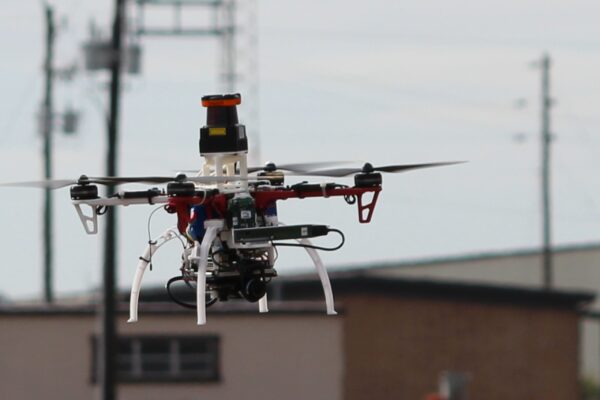
Drone Racing is a relatively new sport, with Racing drones around a track with obstacles, drones should avoid as quickly as possible. While drone races are purely fun, technology behind avoiding obstacles in these races can also allow drones to avoid obstacles when used for critical and timely-sensitive operations, such as search and rescue. MIT is trying to make drones capable of flying faster while avoiding obstacles on their way.
The Aerospace engineers of MIT have developed an algorithm that allows drones to choose the fastest route ofobstacles without crashing on them. The algorithm combines simulations of the unmanned aircraft through a course of virtual obstacles and experiments involving a real unmanned aircraft through the same course in the real world. When drones are trained using the new algorithm, they could fly through an obstacle race by up to 20 percent faster than trained drones with a conventional algorithm to plan flight routes.
While the MIT team found that its algorithm could result in significantly faster flights through the course, they also found that drones trained with their new algorithm were not always faster than drones trained in conventional algorithms. In professional motorsport sports, drivers and drivers sometimes know, it has to reduce speed in some areas to go faster in others.
The MIT algorithm can determine if it is better to slow down, even if the competition exceeds it, to be faster later. Project researchers believe that the order algorithms that have developed are an important step to allow future drones to navigate very quickly to complex environments. For example, technology could one day allow drones to be used for search and rescue operations to navigate quickly and accurately between busy and dangerous environments.



